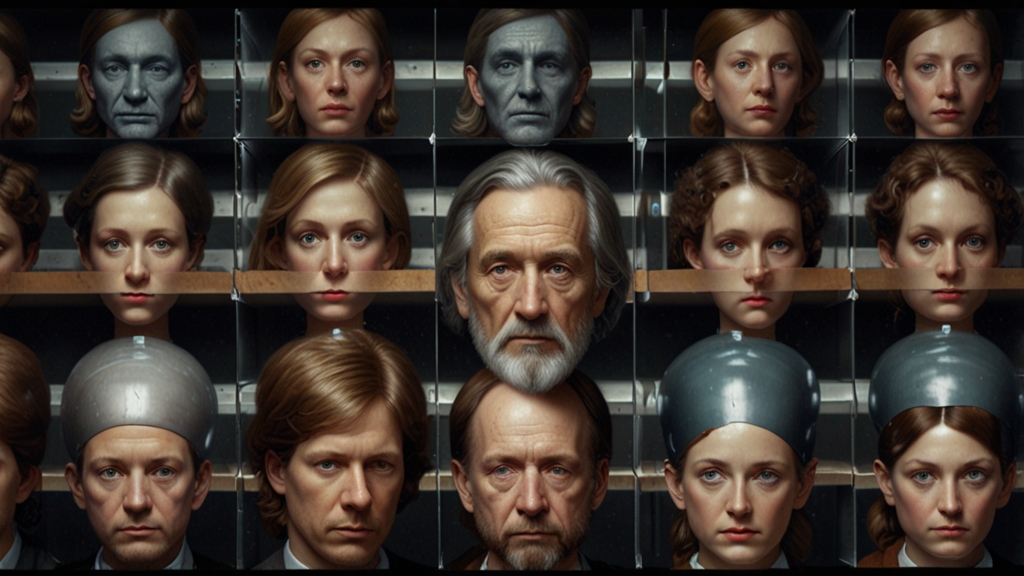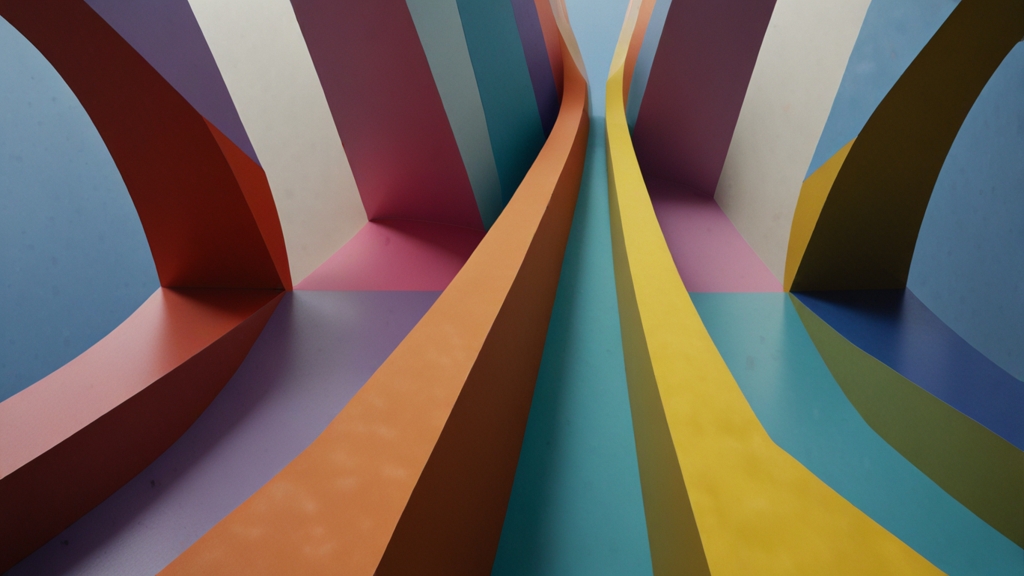Exploring Rome's Iconic Landmarks: A Journey Through Time
Rome, the Eternal City, stands as a testament to the grandeur and complexity of ancient civilization. Its streets echo stories of emperors, gladiators, and artists, creating an immersive experience for anyone who ventures into its heart. In this article, we will embark on a journey through time, exploring some of Rome's most iconic landmarks.
The Colosseum: Arena of Ancient Gladiators
The Colosseum, an architectural masterpiece, is perhaps Rome's most famous symbol. Built between AD 72 and AD 80, this colossal amphitheater once hosted gladiatorial contests, public spectacles, and mock sea battles. Standing before its imposing facade, one can't help but imagine the roar of the 50,000 spectators and the clash of swords inside its ancient walls.
The Colosseum is not just an archaeological site; it's a portal to ancient Rome, a place where history comes alive.
Visitors to the Colosseum can explore the subterranean passages that once housed wild animals and gladiators, offering a glimpse into the behind-the-scenes workings of the grand spectacles. The tiered seating area also provides a sense of the scale and architectural ingenuity that went into constructing this monumental structure.
The Roman Forum: Heart of Ancient Rome
From the Colosseum, a short walk leads to the Roman Forum, the bustling heart of ancient Rome. This rectangular plaza served as the center of political, commercial, and social life. Today, it stands in ruins, yet it remains a fascinating site where history layers are peeled back to reveal public buildings, temples, and monuments.
Key highlights include the Temple of Saturn, the Arch of Titus, and the House of the Vestal Virgins. Each ruin tells a story, from triumphal processions to religious ceremonies, echoing the grandeur and rituals of the Roman Empire.
The Pantheon: Temple of the Gods
Another must-visit landmark is the Pantheon, a marvel of engineering and Roman architecture. Originally constructed in 27 BC and later rebuilt by Emperor Hadrian around AD 120, the Pantheon has stood the test of time with its majestic dome and oculus, which illuminates the vast interior.
With its perfect proportions and ingenious design, the Pantheon remains one of the best-preserved buildings of ancient Rome, embodying the brilliance of Roman engineering.
The Pantheon's coffered dome, which remains the world's largest unreinforced concrete dome, continues to inspire architects and engineers to this day. Its interior, with the tombs of Renaissance artists such as Raphael, adds a layer of historical depth and continuity.
The Trevi Fountain: A Baroque Masterpiece
Fast forward to the 18th century, and you find yourself at the Trevi Fountain, one of the most stunning examples of Baroque art in Rome. Designed by Nicola Salvi and completed by Giuseppe Pannini, this fountain stands at the junction of three roads, from which it gets its name "Trevi" (Three Streets).
The central figure of Neptune, flanked by Tritons, commands attention amidst the cascade of water. Tradition holds that tossing a coin into the fountain ensures a return to Rome. This ritual, participated in by millions of visitors annually, has made the Trevi Fountain not just a beautiful landmark, but a symbol of eternal love and romance.
The Vatican City: Spiritual Heart of Catholicism
No visit to Rome is complete without exploring Vatican City, the sovereign city-state that serves as the spiritual and administrative center of the Roman Catholic Church. St. Peter's Basilica, with its awe-inspiring Michelangelo-designed dome, towers over the city, offering breathtaking views for those who climb its heights.
Adjacent to the basilica, the Vatican Museums house an unparalleled collection of art, including the Sistine Chapel frescoes, painted by Michelangelo, which are considered among the greatest masterpieces of Western art.
Vatican City is more than a religious site; it is a treasure trove of art, history, and culture that encapsulates the spirit of human creativity and faith.
As you walk through Rome, each landmark reveals layers of history, from the might of the Roman Empire to the flourish of the Renaissance, and the endurance of modern-day culture. This journey through time not only deepens one's appreciation for Rome's historical significance but also enriches the experience of exploring its streets and monuments. Indeed, Rome is a living museum where the past and present seamlessly intertwine, offering a timeless adventure for all who visit.









